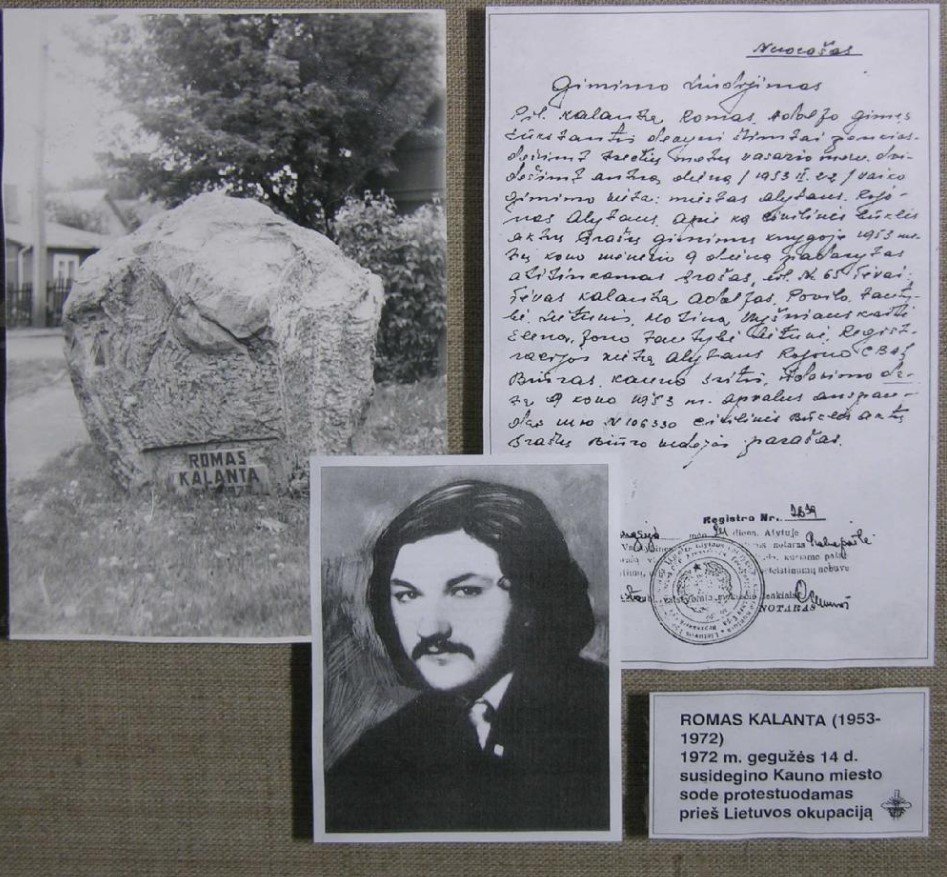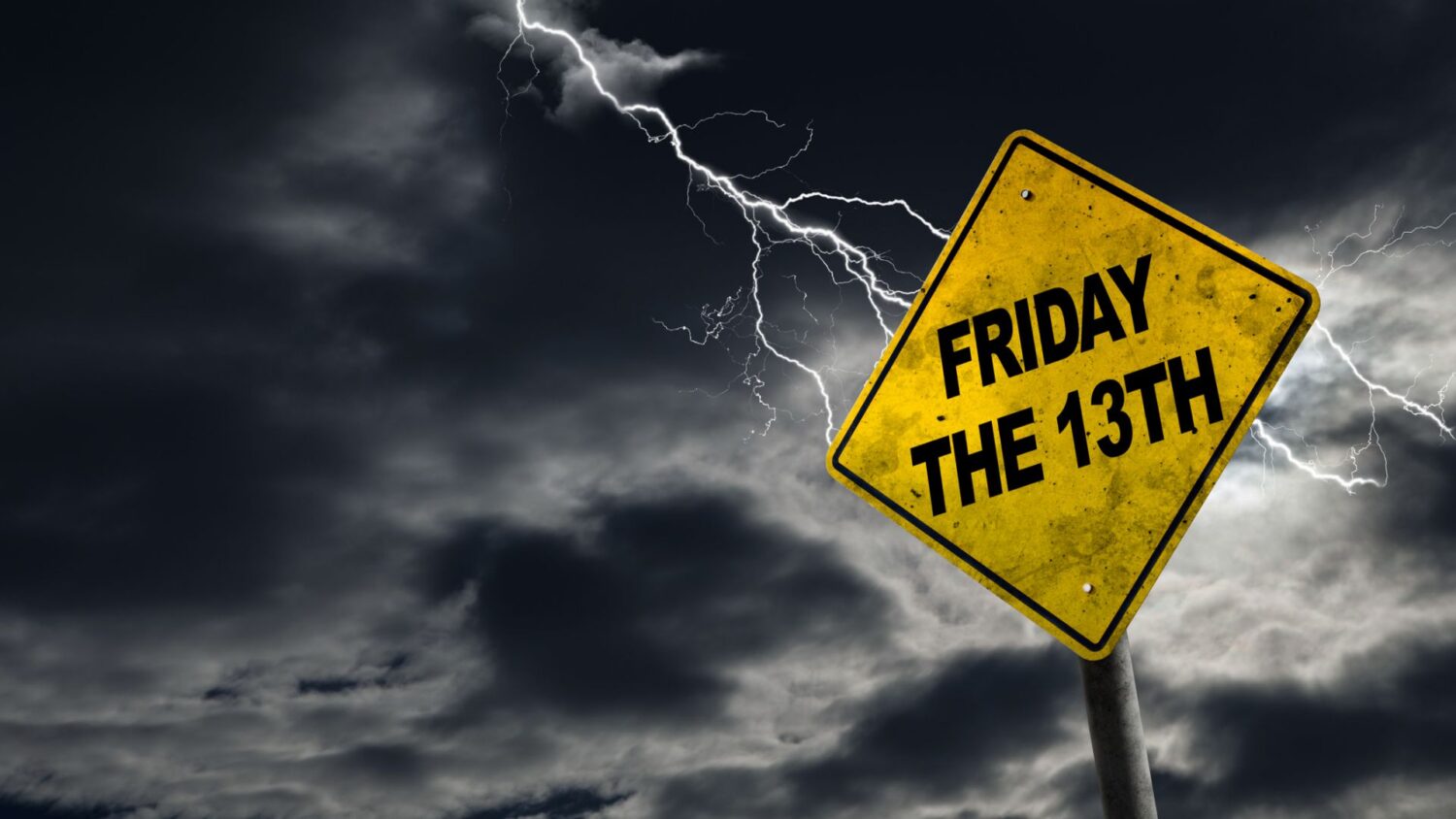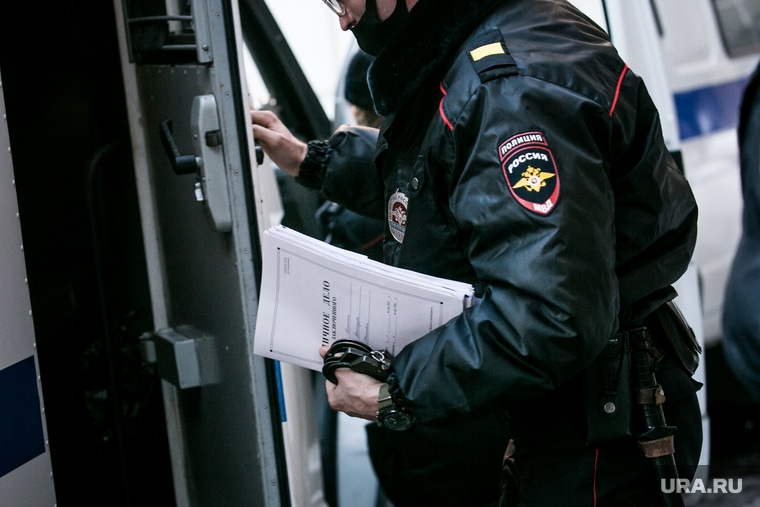Recently, the word “panic attack” has become extremely popular, with a large percentage of people claiming to suffer from this condition. Other conditions that need separate reading are often misnamed.
In fact, this condition is quite serious and can not be underestimated, neglected or artificially manifested. The truth is that according to statistics, 35% of older people get one or more panic attacks a year. Stars such as Miley Cyrus, Emma Stone, Kristen Stewart, Nicole Kidman and Keira Knightley have spoken openly about their problem with panic attacks, revealing that sharing is one way to heal.
What is a panic attack?
The word “panic” comes from the name of the ancient Greek god Pan, who liked to joke with people, scaring them.
A panic attack is a sudden strong feeling of fear that activates the body’s defense mechanisms and stuns the mind. The heart rate is fast, breathing is difficult and a person thinks he is going to die or go crazy. Panic attacks sometimes occur without a clear cause, they can even occur in a state of relaxation or before and during sleep.
A person may suffer a panic attack once, but in most cases the attacks recur.
Recurrent panic attacks are usually due to a specific cause, such as crossing a bridge, talking in a public place, flying an airplane. If a situation has once caused the phenomenon, it is very likely to cause it again.
Prerequisites for panic are situations in which a person feels threatened, closed, unable to escape, and other potential dangers and incentives of the “fight or flight” mechanism.
Panic attacks can occur in people who suffer from diseases such as depression, social phobia and others, as well as in completely healthy individuals who have a healthy and happy life.
Symptoms of a panic attack
The most common symptoms include: shortness of breath and shortness of breath or hyperventilation; cardiac arrhythmia or very fast pulse; chest pain and heaviness; trembling; suffocation sensation; a sense of alienation from the world and the body; sweating; nausea or upset stomach; dizziness; numbness; hot or cold waves; irrational fear of heart attack, death, lack of control or going crazy.
Heart attack or panic attack
Most symptoms of a panic attack are physical, and many times these symptoms are so severe that one may think he or she is having a heart attack. In fact, this is a common problem. Many people often go to the emergency room or call an ambulance in a panic attack, thinking they are in a life-threatening condition.
It is good to be aware of one’s health in order to be able to rule out diseases with symptoms similar to a panic attack. Most often, panic is the cause of these symptoms, which in its irrational state, a person considers the symptoms of a more terrible disease.
Panic disorder
While many people experience a panic attack once or twice in their lives without further complications, others develop panic disorder. Panic disorder is characterized by recurrent panic attacks combined with behavioral problems, prolonged anxiety, and fear of other panic attacks.
A person can suffer from panic disorder if: he experiences frequent unexpected panic attacks that are not related to a specific cause; anxious about other panic attacks; changes his social habits so as not to provoke a new panic attack in any way, avoiding social places and events.
While a single panic attack can last several minutes, the effects of this chronic condition can leave a lasting imprint on a person’s mind. In panic disorder, the persistence of panic attacks can significantly affect mental and physical health. The memory of intense fear can seriously affect self-esteem and lead to problems in everyday life, such as coping with daily tasks.
Complications of panic disorder
The accumulation of these problems can lead to the following symptoms of panic disorder:
Anxiety – instead of feeling calm and balanced, a person is constantly waiting for a new panic attack. This fear of panic attack is present in a person’s mind most of the time, which interferes with his normal functioning.
Phobic avoidance – a person begins to avoid specific situations or situations. This behavior is due to the fear of a panic attack, as in the same circumstances it has occurred before. On the other hand, one can avoid enclosed spaces that are difficult to get out of, or situations in which one is alone and there is no one to help. The extremes of these fears are called agoraphobia.
Panic disorder and agoraphobia
The name “agoraphobia” comes from ancient Greek, meaning “square” and “fear”. Agoraphobia was originally thought to be a fear of public and open places. Many scientists now believe that agoraphobia develops as a complication of panic attacks and panic disorder. Although it can develop at any time, agoraphobia most often occurs within a year of the first panic attack.
Sufferers of agoraphobia avoid places that are difficult or embarrassing to leave. The fear of a panic attack makes a person avoid situations such as: busy places (shopping malls or gyms and events); cars, planes, subways and other means of transport; social gatherings, restaurants; exercise (if they cause panic attacks); specific foods and beverages – such as alcohol, caffeine, sugar; solo trips without company.
In the most severe cases, one feels safe only at home.
Causes of panic attacks and panic disorder
Although the exact causes of panic attacks are unclear, they tend to be more common in the family.
There seems to be a link between the onset of a panic attack and significant life changes such as: graduating from university and entering a work environment; marriage; birth of a child. Severe stress such as the death of a loved one, divorce or job loss are also common causes of panic attacks.
Panic attacks can also be caused by illness or physical circumstances. In case of anxiety and panic, it is advisable to visit a doctor to rule out any of the following conditions: mitral valve prolapse – a heart problem that occurs when one of the heart valves does not close properly; hyperthyroidism (overactive thyroid gland); hypoglycaemia (low blood sugar); use of stimulants (amphetamines, cocaine, caffeine); abstinence from drugs or narcotics.
Panic attack and hormonal balance in women
Very often conditions with identical symptoms occur during the menstrual cycle, during premenopause and especially at the onset of true menopause. The cause of these crises is hormonal. When the hormones estrogen and progesterone, which are also responsible for the elasticity of blood vessels, have lower levels, this immediately reflects on blood circulation, blood pressure: it rises, there is shortness of breath, dizziness, sweating, fast heart rate and, accordingly. – fear. If low progesterone levels are accompanied by elevated levels of stress hormones – adrenaline and cortisone, then the picture gets even brighter colors.
And if techniques such as deep abdominal breathing are not as effective during panic attacks, it is most likely such hormonal crises.
A guide to self-help in a panic attack
No matter how powerless a person feels about his panic attacks, it is important to know that there are many things that can be done and helped.
The following self-help techniques can help significantly in overcoming a panic attack:
Informing about panic and anxiety
Informing about these problems can greatly help to raise awareness and calm down. Reading about stress, anxiety, panic disorder and the “fight or flight” reaction can help many people realize that these are normal reactions of the body and a person will not die or go crazy in a panic attack.
Avoid stimulants or depressants (smoking, alcohol, caffeine)
All of these substances can cause a panic attack in people who are predisposed to the condition. It is advisable to stop, and if not, at least to limit yourself significantly. One should also be careful with drugs that contain stimulants such as diet pills.
Breathing control
Hyperventilation (rapid intense breathing) leads to many sensations such as dizziness and tightness in the chest, which occurs during a panic attack. It is these processes that make it difficult to control thought and activate the processes in the body that signal danger and further intensify negative feelings.
Breathing
There is no way to emphasize enough how important breathing is in a panic attack. Deep abdominal breathing can significantly calm and even stop a panic attack. Breathing control can calm a person when they are anxious and prevent the unpleasant sensations that occur during a panic attack.
An effective breathing technique is: inhaling air by inflating the abdomen (inhaling air should be very slow and light, without any tension). Exhalation should be even slower and light and accompanied by relaxation of the chest and whole body. The left hand can be placed on the chest and the right on the abdomen. The right hand makes sure that breathing takes place through the abdomen, and the left hand makes sure that the chest does not participate.
The thought should focus only on breathing and bloating and relaxing the abdomen.
Relaxation techniques
When activities such as yoga, meditation and progressive muscle relaxation are often practiced, the body’s ability to cope with stress and panic increases significantly. One always knows, even on a subconscious level, how to activate relaxation and calming mechanisms. Not only do these techniques increase the ability to relax, they lead to satisfaction and balance.
Sharing
Talking face to face with a loved one is very important. Symptoms of anxiety and panic may worsen if a person feels isolated. It is important to communicate and share regularly with your loved ones. In the absence of acquaintances or relatives, there are many ways to find new acquaintances and support groups.
Sports
Physical activity is a natural method of reducing stress and anxiety. Exercising at least 30 minutes a day (can be divided into three series of 10 minutes) is enough. Rhythmic aerobic exercises that require simultaneous movement of the arms and legs, such as walking, running, swimming or dancing, are extremely effective.
In the absence of time, a number of useful and interesting exercises can be found online, although the social aspect of sports is also important and can bring additional benefits to dealing with panic attacks.
A dream
Lack of good and quality sleep significantly impairs the body’s ability to cope with stress and increases the risk of anxiety and panic. It is recommended to get between seven and nine hours of quality sleep a day.
Treatments for panic attacks and panic disorder
The most effective way to deal with a panic attack is occupational therapy. Even a few sessions in the short term can be extremely useful.
Cognitive behavioral therapy focuses on patterns of thinking and behavior that support or trigger panic attacks. In this type of therapy, the fear is dissected and viewed in an objective light. For example – when you are afraid of driving, what is the worst thing that can happen? As a last resort, it may be necessary to turn aside until the person calms down, but the chances of an accident or heart attack are negligible. When a person realizes that his fears are not rational and that the situation is not so terrible at all, then the feeling of panic decreases significantly.
Another approach is to face the problem and overcome it. The psychologist or the specialist who conducts the therapy can cause a panic attack in a person so that he can feel it in a controlled environment. This could happen through hyperventilation, shaking of the head and other physical actions that trigger the body’s panic attack mechanisms. Causing a panic attack in a controlled environment makes a person get used to the sensation and realize that he has control over his body and panic, respectively.
With agoraphobia, it is possible for the therapist to put the patient in frightening situations so that they realize that they are not so scary. At some point, one begins to understand this fact and regain control of one’s emotions.
Medicines for panic attacks and panic disorder
Medications can be used to temporarily control or reduce the symptoms of a panic attack. However, they are not doing any work to solve the problem itself.
Medications can be useful in very acute conditions, but they should not be the only treatment. Medications are most effective in combination with other therapies, life changes and habits that address the problems that cause panic attacks.
Medications may include:
Antidepressants – it can take weeks before they start working. Therefore, their reception is long (this is not just about panic attacks).
Benzodiazepines are anti-stress drugs that quickly relieve symptoms. These drugs are addictive and stopping them can lead to abstinence – so great care should be taken when taking and prescribing them.
Phytotherapy
Unlike traditional medicines, there is a range of natural products with a mild effect that can help significantly without leading to addiction or other side effects of antidepressants or benzodiazepines. A number of clinical studies have proven the positive effect of lavender on anxiety, mild depression and a number of other mental health problems.
Lemon balm is also a well-studied herb that is used for problems such as panic attacks. Ashwagandha helps the body by protecting it from the negative effects caused by stress. It helps the body adapt to stressful situations and changes in the environment. The herb has a thousand-year history in Indian Ayurvedic medicine.
How to help a person in a panic attack
When a loved one or relative is in a panic attack, it can be frightening. Symptoms include: rapid and shallow breathing, dizziness, sweating, and victims may fear having a heart attack or going crazy.
No matter how irrational their fear may seem, it is important to remember that the danger seems real to them. It is important to approach this point carefully, because overcoming this panic attack can help them significantly in future disputes with this situation.
In the first place, one must remain calm and not condemn or disdain the panic attack sufferer. The sufferer’s attention should then be drawn to breathing. You can find a quiet, suitable place to apply the technique of slow and deep breathing for a few minutes. Physical movement such as moving the legs and arms can also be added. This helps to shake off stress. Turning attention in another direction is also very useful. One should try to direct the sufferer to another topic, not his anxious thoughts, for example – to ask him to list five things that surround him, or to pick up a favorite topic.
It is important to encourage the sufferer to seek help both professionally and to share with their loved ones and to apply sedation techniques. He must be supported in his path to overcoming fear.
Conclusion
Panic attacks are a state of fear, most often with an irrational cause, as the sufferer has symptoms of rapid pulse, rapid shallow breathing, chest tightness and possible sweating, dizziness and other characteristic of the condition “fight or flight” processes in the body. At this point, a person feels as if he is going to die or go crazy, which further increases his fear and, consequently, his physical reaction.
The onset of a panic attack is a very shocking experience that can change a person’s psyche. Often a panic attack occurs many times, which can lead to changes in social behavior. The fear of repeating a panic attack can cause social distancing, avoiding stressful situations and other problems that can lead to panic disorder.
One of the extreme forms of this condition is agoraphobia, in which one avoids public spaces, social gatherings and other elements of normal life, which in principle arouse happiness, not fear.
The cause of panic attacks is not entirely clear, but there is definitely a predisposition in the family history of this condition.
Causes of a panic attack can be: a new stage in life (graduating from high school or university), loss of a loved one, accumulation of stress. Physical factors such as heart disease or other body systems can also be the cause.
Dealing with panic attacks
The approach to dealing with panic attacks is complex, but, unfortunately, many professionals are quick to prescribe medication. Medications only affect the symptoms and in most cases have a number of unpleasant side effects. It is recommended to prescribe only in extremely difficult situations.
The right approach to overcoming panic attacks involves a complete change of life. It is advisable to avoid substances such as stimulants (caffeine, cocaine, amphetamine) and depressants (alcohol). Both regular exercise and techniques for concentrated relaxation and coping with stress are recommended. One of the most effective methods is to consult a specialist (usually a psychologist) to help deal with the problems that cause this condition.
In a panic attack, one of the most important things that can be done is slow and deep abdominal breathing with slow inhalation and even slower exhalation.
In these moments, it is important to share with relatives, support and optimism to deal with the problem.














